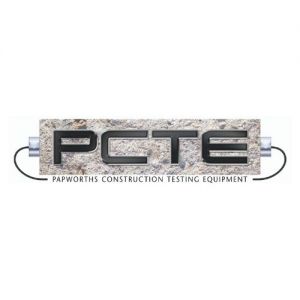General Overview of Soil Testing and the Types of Information Received from ThemPosted by PCTE on April 26th, 2016 Soil testing provides construction and engineering specialists’ crucial information on the mechanical behaviour of soils that will be used as the support for roads, the base for the foundation of a building, and for other types of infrastructure. To ensure proper testing, these specialists rely on soil testing equipment designed to characterise samples of soil on-site sites or in the laboratory. The equipment supports sample collection, classification of soils, testing of finished sub base or road base on the site, and the evaluation of the mechanical property of the soil. Here is a general overview of the commonly used types of soil testing equipment and the information that they can provide: Triaxial Test Systems A soil triaxial test can help in determining the mechanical properties of the soil when designing soil structures, embankments, and foundations. Applications like tunnelling, excavations, and building constructions can affect subsoil structures in many ways, and you can simulate them with a triaxial test. This soil testing method investigates the connection between stress and strain levels in undisturbed soil specimens, and this is done by subjecting the specimen to different drainage conditions and stress levels. High-end triaxial test systems can automatically perform triaxial compression tests on remoulded and cylindrical undisturbed soil samples. Consolidated drained, consolidated undrained, and unconsolidated undrained, may be conducted, controlled, and reported automatically using a triaxial testing equipment. CBR Test Machines CBR stands for 'California bearing ratio' and it is a test that uses a penetration test to measure the strength of highway sub base and subgrade, and the subgrade soil. Machines for this test are typically designed to test cohesive samples that must have a particle size of less than 19mm. A CBR test machine with a load ring and dial gauge can measure piston travel and force. Some CBR machines have a digital force and travel readout. Automatic CBR soil testing machines are designed to work with testing and data acquisition software, with high-end options offering Excel output for easy data readout and interpretation. Soil Consolidation Oedometer Front-loading oedometer can help determine and evaluate the soil's consolidation attributes, especially when the sample is low-permeability. Tests are done on specimens from compacted disturbed or undisturbed samples. The equipment lets you estimate the foundations' behaviour under a specific load from the data that will be collected from the test. Knowledge in the soil's loading history and classification data are crucial when making estimates. About the Company: Like it? Share it!More by this author |


